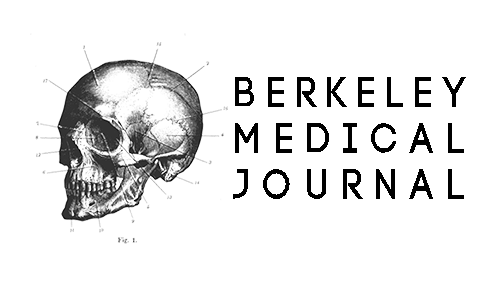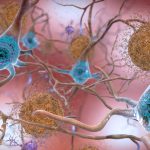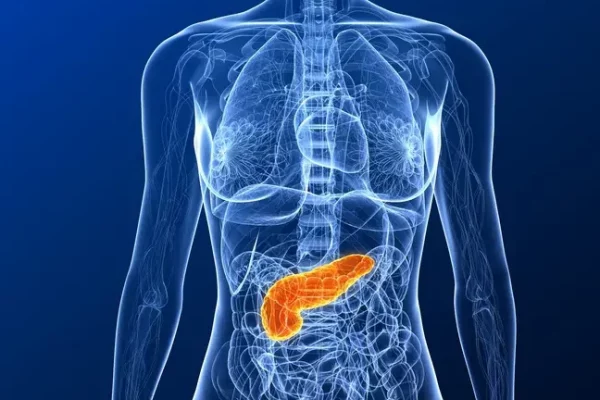by: Zachary Grimmett
Schizophrenia is a devastating psychiatric disease that is characterized by impaired advanced cognitive function, typically presenting in late adolescence or early adulthood. Unfortunately, scientific researchers have been puzzled by the underlying mechanism behind this disease since its discovery. While drugs exist to treat symptoms of schizophrenic psychosis, there are many other symptoms that remain untreatable, and a functional cure continues to be a distant, indistinct goal. Instead, recent research has focused on slowly uncovering the details of schizophrenia’s pathogenesis: how the illness develops within the human body. Research on this early stage of disease development, led by Aswin Sekar of the Department of Genetics at Harvard Medical School, was published on January 27th in Nature detailing a possible breakthrough in the mechanism of schizophrenia’s development.
While still mysterious in many ways, schizophrenia is known to be a genetically heritable disease, which gave researchers a field in which to start. Because the genetics of schizophrenia had already been established, Sekar’s team first searched for genetic associations by asking the following question: among patients afflicted with schizophrenia whose genomes are accessible, what are their phenotypic similarities? The logic behind this approach stemmed from possible commonalities among genomes in the schizophrenic population that could be otherwise different in the general, healthy population. A finding along these lines would signify a genetic risk factor associated with schizophrenia associated with correlated phenotypes in the schizophrenic population and would offer a starting place for research into the mechanism of pathogenesis. Many genomic regions were identified in such a way, with the strongest genetic associations coming from several specific variations within the Major Histocompatibility (MHC) locus, a region of the human genome that is important for immune system functionality.
Sekar and colleagues began with this knowledge and dove deeper into these genetic associations, uncovering many alleles of genes encoding complement component 4 (C4). To understand the next observation, a brief definition of a gene’s pathway to functional protein expression—the central dogma of genetics—is necessary. When a gene is “read” by enzymes within a cell’s nucleus, its information is used to create a protein of unique structure and function through the complicated paired processes of transcription and translation. Depending on the allele encoding it, C4 is produced in one of two forms in different amounts: C4A and C4B. Sekar’s team is the first to demonstrate that the alleles of genes encoding C4 generate highly variable levels of C4A and C4B proteins in non-disease models. Additionally, comparative studies of genomes of healthy individuals against genomes of patients with schizophrenia revealed a key mechanistic result: the more C4A protein that a C4 allele expressed, the more strongly it was associated with schizophrenia. Therefore, expression of higher levels of C4A is a promising diagnostic criterion as a risk factor for the development of the disease.
Arguably the most exciting element of the team’s published results is the localization of the C4A protein within neuronal synapses, dendrites, axons and cell bodies within human brain tissue. The cells of the brain tissue are constructed of long extensions (axons) with short gaps between the axons of neighboring cells. These gaps are termed synapses and are the site of inter-cell communication that drives much of the brain’s processes. Consequently, synapses are exactly where a key mechanistic contributor to schizophrenia would likely act. Other than genetic risk, a well-known phenotype of schizophrenic patients is the loss of gray matter within the brain and a reduction in synapse structure between neurons, an abnormality that is likely the direct cause of decreased advanced cognitive function in afflicted individuals. It is plausible that C4A could play a role in such a reduction, due to its genetic association in schizophrenic patients and its localization in the area, as Sekar’s team has demonstrated for the first time. In an additional study in mice, Sekar’s team also showed that during postnatal development, increased C4 protein led to synapse elimination, implicating more meaningfully that the complement component 4 identified by Sekar’s team may be the culprit behind the reduced synapse numbers in schizophrenic patients.
Sekar’s work is a modest first step, but an important one in uncovering the mechanism behind this devastating disease. Perhaps this latest step forward will result in increased attention and rigor dedicated to the study of these severe afflictions. Sekar’s work identifies the complement component 4 protein and elucidates its role in schizophrenia pathogenesis–a crucial first step toward developing new treatments and ultimately a cure to such a devastating psychiatric disease.






